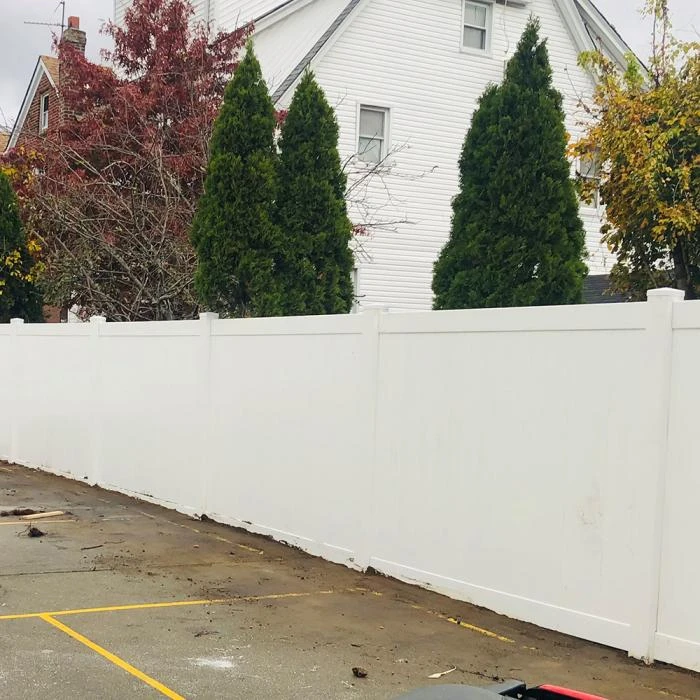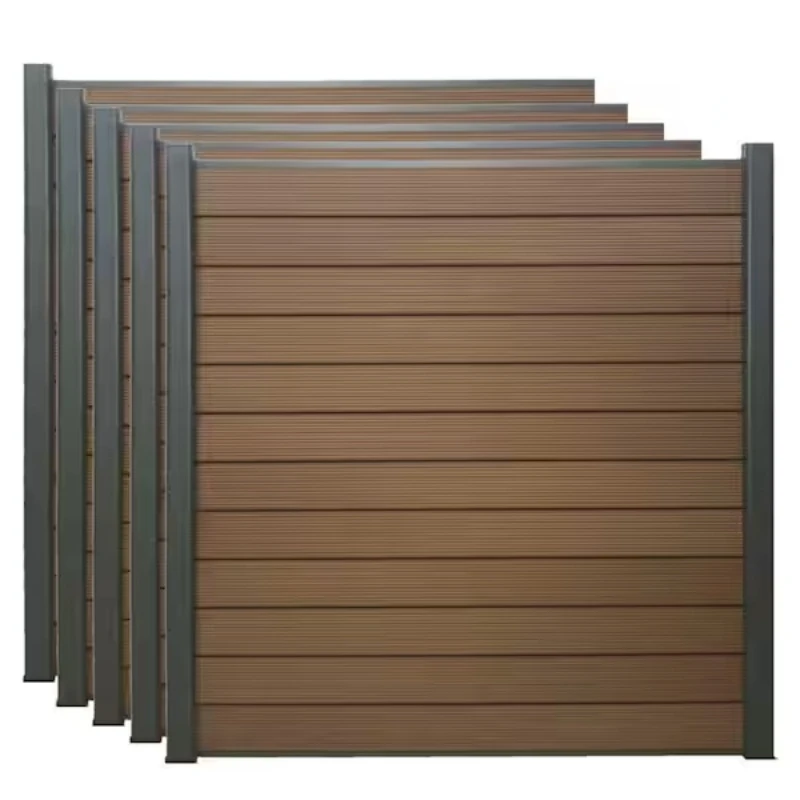A privacy fence is a type of fencing designed primarily to create a visual barrier between properties or from public areas, offering homeowners increased seclusion and security. Unlike decorative or open-style fences, privacy fences are constructed with solid panels or closely spaced boards that block the line of sight, preventing outsiders from seeing into the yard or home. This helps create a private outdoor space where families can relax, entertain, and enjoy without feeling exposed. Privacy fences also add security by discouraging trespassing and theft, as they make it more difficult for intruders to enter unnoticed. Additionally, these fences can reduce noise pollution and shield areas from wind or dust, improving comfort. Materials commonly used for privacy fences include wood, vinyl, composite, and metal, each offering different benefits in terms of aesthetics, durability, and maintenance. Choosing the right privacy fence enhances both the functionality and value of a property while supporting personal comfort and safety.
What Are The Most Common Materials Used For Privacy Fences?
Privacy fences are typically constructed from a variety of materials depending on the desired appearance, budget, and maintenance preferences. Wood is one of the most popular choices because it provides a natural look and can be customized with paint or stain colors. Common wood types include cedar and pine, which offer good durability when properly treated, but wood fences require periodic sealing or painting to prevent weathering and rot. Vinyl fences have gained popularity due to their low maintenance, resistance to rot, insects, and fading, as well as their ability to mimic the look of wood without the upkeep. Composite materials, made from a blend of wood fibers and plastic, combine the natural appearance of wood with enhanced durability and lower maintenance. Metal privacy fences, such as aluminum or steel panels, offer strong security and modern aesthetics but may lack the complete visual blockage some homeowners want. Choosing the right material depends on factors like climate, budget, desired privacy level, and overall style preferences.
How To Maintain A Privacy Fence For Long-Term Performance?
Maintaining a privacy fence properly is essential to ensure its longevity and effectiveness. For wooden fences, maintenance involves regular inspection for signs of rot, insect damage, or warping. Applying protective sealants, stains, or paint every few years helps preserve the wood and prevents moisture damage. Cleaning wood fences with mild detergents and water removes dirt and mildew buildup. Vinyl and composite fences are generally low maintenance but should be cleaned periodically with soap and water to remove dirt, algae, or stains. Checking for cracks or damage is important to repair any sections promptly and maintain structural integrity. Metal privacy fences require inspection for rust or corrosion, especially in humid or coastal areas, with occasional repainting or protective coating applications to prevent deterioration. Across all materials, keeping vegetation trimmed back from the fence prevents moisture retention and damage. Routine upkeep not only extends the life of the fence but also maintains its privacy function and appearance.
What Are The Key Design Considerations When Installing A Privacy Fence?
When installing a privacy fence, several design factors must be considered to ensure it meets functional needs while complying with local regulations. First, fence height is critical; most privacy fences range from 6 to 8 feet tall to provide effective screening but must adhere to local zoning laws or homeowner association guidelines, which may restrict height or style. Second, the style of the fence panels affects both privacy and aesthetics—solid panels, overlapping boards, or tongue-and-groove designs offer varying degrees of visual blockage and architectural appeal. Third, material selection influences durability, maintenance, and cost, so choosing materials suited to the local climate and lifestyle is important. Fourth, the fence’s structural components such as post depth, spacing, and foundation affect stability and longevity, especially in areas prone to strong winds or shifting soil. Finally, consider gates, lighting, and landscaping integration to enhance access, safety, and the fence’s overall appearance. Thoughtful planning and professional installation help ensure a privacy fence that provides lasting security, comfort, and style.









